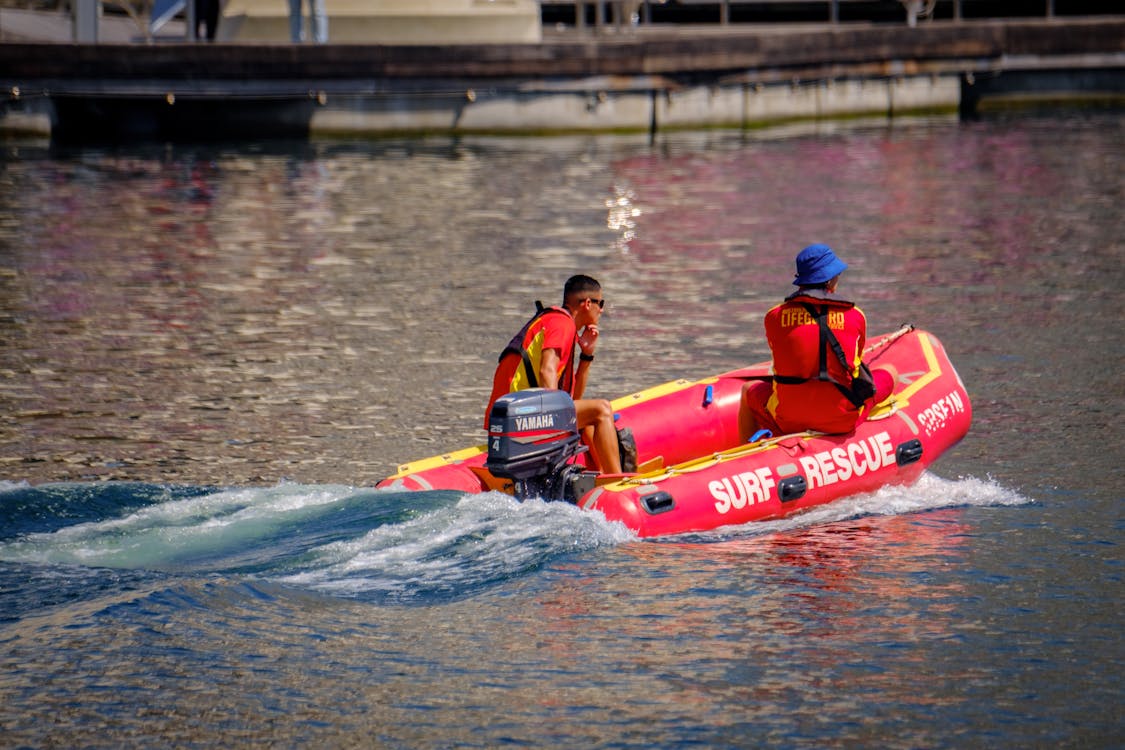
Adapting to New Realities: Climate and Water in the Bay Area
The Bay Area has actually constantly walked a tightrope when it comes to water. Sandwiched between the Pacific and the Sierra, it has an unique geography that offers it spectacular sights and all-natural variety, but it also makes the water system unpredictable. Today, that unpredictability is honing right into a brand-new fact. As environment change reshapes weather condition patterns, melts snowpack quicker, and magnifies droughts, the region deals with a pressing concern: How will the Bay Area protect its water future?
What when seemed like periodic dry years has become a recurring difficulty. Reservoirs run low, groundwater sinks, and rainfall arrives too late-- or otherwise at all. The future of water in the Bay Area isn't just about more preservation or constructing brand-new facilities. It's about changing our expectations, habits, and even our worths when it involves something as standard and crucial as water.
Why the Bay Area's Water Sources Are Under Pressure
The Bay Area counts on a combination of local storage tanks, imported water, recycled resources, and groundwater. Numerous communities rely on water that travels hundreds of miles from the Sierra Nevada snowpack. Yet increasing temperatures suggest that snow melts previously in the year, interfering with the timing and accessibility of water when it's most needed.
At the same time, long term droughts lower the amount of water saved in the system. Wildfires, which scar landscapes and destabilize landmarks, make points worse. With uncertain rainfall and raising temperatures, the Bay Area have to now prepare for not just shortage, but volatility.
It's not just an issue of availability. Water top quality also comes under threat throughout completely dry periods. With much less fresh water to dilute pollutants, the threat of pollution rises. In farming regions, overflow intensifies. In metropolitan locations, maturing infrastructure has a hard time to keep up. These challenges aren't isolated-- they're systemic, impacting both public health and lasting financial development.
Development and Infrastructure: Rethinking the Water Playbook
Standard remedies like dams and pipelines are no longer enough. The Bay Area is beginning to move toward a much more adaptable, varied strategy. Cities are buying water recycling, rain capture, and progressed filtration technologies. These methods provide resilience by maximizing what's currently offered, instead of counting on exterior materials that may no longer be reputable.
There's additionally a restored concentrate on environment-friendly framework. Parks and marshes are being created not just for entertainment but for water retention and flood control. Urban planning is being reimagined to lower drainage and charge aquifers. These techniques reflect a much deeper understanding that water monitoring isn't just an engineering trouble-- it's regarding how communities live, construct, and grow together.
Local governments are learning to function more collaboratively, sharing sources and understanding across counties and fields. It's not practically efficiency. In a period of scarcity, participation ends up being a survival strategy.
The Role of Community fit Water Stewardship
For long-term remedies to work, public engagement is vital. That means reconsidering just how we engage with water each day. It's easy to ignore water's value when it streams openly from the tap, however as scarcities and restrictions end up being extra common, recognition is rising.
Citizens are finding out to track their own usage, solution leakages faster, and set up a lot more reliable appliances. However preservation surpasses actions. Communities are beginning to demand policies that prioritize sustainability, equity, and long-lasting planning. They're sustaining efforts that shield landmarks, fund tidy water programs, and enlighten the future generation about environmental responsibility.
This social change is effective. When individuals identify their duty in the water supply, they come to be a lot more bought shielding it. That feeling of stewardship could be the Bay Area's a lot of useful source of all.
Water and the Bay Area Economy: What's at Stake
Water doesn't just flow right into homes. It gas markets, supports agriculture, and makes it possible for the technology, biotech, and service industries that power the region's economy. As the environment changes, so as well should the strategies that maintain these engines running.
Local business are especially at risk to water disturbances. Whether it's a regional coffeehouse that depends on a reputable supply or a vineyard that sees the rainfall anticipate with boosting anxiety, the causal sequences of water shortage are actual. That's why it's more crucial than ever for these organizations to become part of the remedy.
Expert solutions-- such as an advertising agency in the Bay Area-- additionally have a function to play. Through messaging and public outreach, these companies help form how individuals think about and act upon water-related problems. They can elevate understanding, motivate action, and advertise a more water-conscious society across all demographics.
Even bigger industries, including those served by a marketing agency in San Francisco Bay Area, are reviewing their effect. Whether it's reducing water use in office buildings or supporting ecological campaigns, business duty is broadening to consist of water sustainability as a core value.
Planning for Equity and Access in the Bay Area's Water Future
While some areas are better furnished to adjust, others face higher barriers. Low-income neighborhoods commonly lack the infrastructure, funding, or political leverage to protect their water gain access to. These differences run the risk of ending up being extra obvious as climate pressures expand.
Ensuring that every citizen has accessibility to clean, risk-free, and economical water has to be a top priority. That means investing in overlooked systems, supporting community-led efforts, and acknowledging that water is a right, not an advantage.
Ecological justice supporters are asking for reforms that surpass framework. They desire liability, openness, and addition in the decision-making process. From local water boards to regional preparation payments, varied voices need to be heard.
The future of water in the Bay Area depends not only on just how we take care of resources but on just how we disperse them. Fairness isn't a luxury-- it's a structure for strength.
Interacting a New Water Narrative
To satisfy the challenges in advance, the Bay Area need to likewise change the means it discusses water. Climate interaction is no longer just about realities and figures. It's about tales, values, and links that resonate with individuals.
This is where the media, teachers, and also advertising agencies in San Francisco bay area come into play. Via compelling stories and relatable visuals, they can assist bridge the gap in between science and everyday life. They can transform abstract risks right into meaningful activity. They can inspire a local identity rooted in sustainability, creative thinking, and shared responsibility.
An effective water future is not one that simply makes it through change-- it expands more powerful due to it. With the appropriate mix of development, incorporation, and inspiration, the Bay Area discover this can come to be a model for exactly how areas around the world challenge a changing climate.
Adhere to the blog site for future updates and return consistently for more stories that shape the Bay Area's future.
 Kel Mitchell Then & Now!
Kel Mitchell Then & Now! Rider Strong Then & Now!
Rider Strong Then & Now! Michael Fishman Then & Now!
Michael Fishman Then & Now! Tiffany Trump Then & Now!
Tiffany Trump Then & Now! Bill Murray Then & Now!
Bill Murray Then & Now!